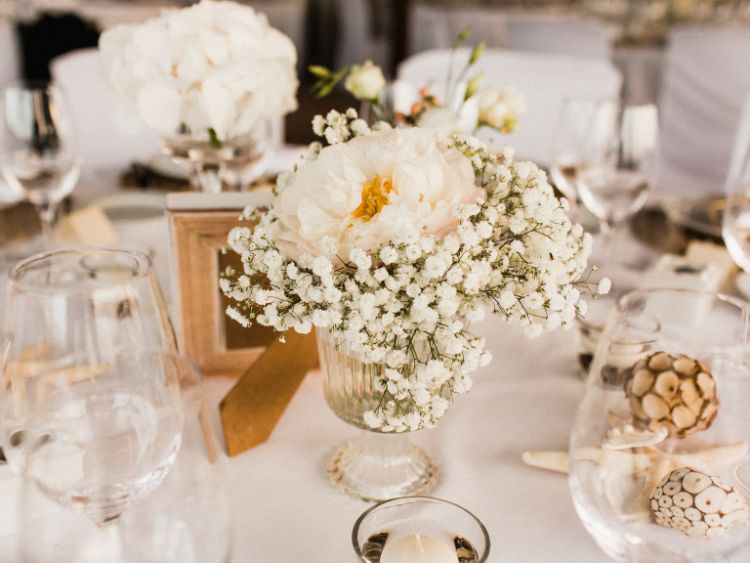Men’s formal attire—it’s more than just a suit and tie, isn’t it? Whether you’re preparing for a black-tie event, a formal business meeting, or even a wedding, understanding the elements of men’s formal wear can make or break your look. There’s a certain power in dressing well, and knowing how to navigate the world of formal fashion ensures you stand out for all the right reasons. In this guide, we’ll break down everything you need to know about men’s formal attire, so you’re prepared to walk into any occasion looking sharp and confident.
What Constitutes Men’s Formal Attire?
When we talk about formal attire, it’s easy to get lost in the maze of terms like black tie, white tie, semi-formal, and business formal. But don’t worry, we’ve got you covered.
Black Tie
The height of formality, black tie events demand sophistication and precision. Here’s what you’ll need:
- Tuxedo: The hallmark of black-tie events. Traditionally, a black or midnight blue tuxedo is the norm. It’s essential to ensure a good fit—nothing says sophistication like a well-tailored jacket.
- Shirt: A crisp white dress shirt with a wing or spread collar is ideal.
- Bow Tie: A black silk bow tie is a must. Clip-ons? Not so much. Learn to tie your own for that added touch of class.
- Shoes: Patent leather oxfords or well-polished black dress shoes are non-negotiable.
White Tie
Even more formal than black tie, though it’s rare these days, white tie attire is typically reserved for ultra-formal occasions like state dinners or royal events. Here’s what’s required:
- Tailcoat: Unlike a tuxedo, a tailcoat is required for white tie events.
- White Bow Tie: A white bow tie (as the name suggests) is essential.
- Shirt: A white shirt with a wingtip collar.
- Waistcoat: White to match the tie.
- Shoes: Black patent leather shoes, again, are the go-to.
Business Formal
Business formal is what you’d typically wear to high-level meetings or important corporate events:
- Suit: A dark suit in navy, charcoal, or black. Keep it classic and simple.
- Shirt: Light-colored, typically white or light blue, dress shirt.
- Tie: Conservative silk tie.
- Shoes: Leather dress shoes, polished and sleek.
Key Elements of Men’s Formal Attire
Now that we’ve covered the basics of formal dress codes, let’s talk about the key elements that make up men’s formal attire and how to ensure you’re always looking dapper.
The Suit
A well-fitted suit is the cornerstone of men’s formal wear. Whether you’re opting for a tuxedo, business suit, or morning suit, the key to nailing formal attire lies in the fit:
- Shoulders: The jacket should fit snugly around your shoulders without sagging or pulling.
- Sleeve Length: Aim for the sleeve to end just before your wrist, allowing about half an inch of shirt cuff to show.
- Trouser Length: Your trousers should just kiss the top of your shoes, with a slight break at the front.
The Shirt
Your shirt acts as the foundation of your entire ensemble. A well-pressed, clean white shirt is often the best choice, but for business formal, light blues or other muted tones can work as well.
The Tie
Let’s not forget the tie. It’s an accessory, sure, but it’s one that can make a big difference. Whether it’s a bow tie for a black-tie event or a silk necktie for business formal, ensure that your tie complements your suit. Remember, wide stripes or flashy patterns are best left for more casual settings.
Accessories: Elevating Your Formal Look
Accessories can elevate your formal attire from good to great. Here’s a quick rundown of essential accessories for men’s formal attire:
- Pocket Square: A pocket square adds a dash of personality to your suit. Stick to classic white for ultra-formal events or experiment with colors and patterns for business formal or semi-formal.
- Cufflinks: A subtle way to show class, cufflinks should match your overall style. Silver or black for formal events, or you can get creative for less formal settings.
- Watch: Keep it sleek. A classic dress watch with a leather strap or metal band fits the bill.
- Shoes: Patent leather oxfords for black or white tie, while polished leather shoes are perfect for business formal.
Common Mistakes to Avoid
It’s easy to get formal wear wrong, especially if you’re new to it. Avoid these common mistakes:
- Mismatched Belt and Shoes: Always match your belt to your shoes. Black leather shoes? Black belt.
- Poor Fit: A suit that’s too big or too small can ruin your entire look. Always get your suit tailored for the best fit.
- Over-accessorizing: Less is more when it comes to formal wear. Stick to a few classic pieces and don’t go overboard with flashy accessories.
FAQs
What is the difference between black tie and white tie?
Black tie requires a tuxedo, typically in black or midnight blue, paired with a black bow tie. White tie is even more formal, demanding a tailcoat, white waistcoat, and a white bow tie.
Can I wear a black suit to a black-tie event?
No, a tuxedo is required for black-tie events. A black suit may be acceptable at a semi-formal event but not for black tie.
Do I always need to wear a bow tie for formal events?
For black and white-tie events, yes, a bow tie is a must. However, for business formal, a silk necktie is appropriate.
What’s the best color for a formal suit?
For formal occasions, darker colors like black, navy, and charcoal are your best bet. These colors exude sophistication and are versatile for most formal events.
Is it okay to wear brown shoes with a navy suit?
Yes, brown shoes can pair well with a navy suit, especially for business formal or semi-formal occasions.
Conclusion
Mastering men’s formal attire isn’t just about looking the part—it’s about feeling confident in what you wear. From understanding dress codes to knowing the key elements of a great formal look, you’re now armed with the knowledge to make sure you’re dressed to impress, no matter the occasion. Whether you’re attending a black-tie gala or heading to a formal business meeting, remember, it’s all in the details. A perfectly tailored suit, the right accessories, and a polished appearance can elevate your presence and leave a lasting impression.
Authoritative Links







